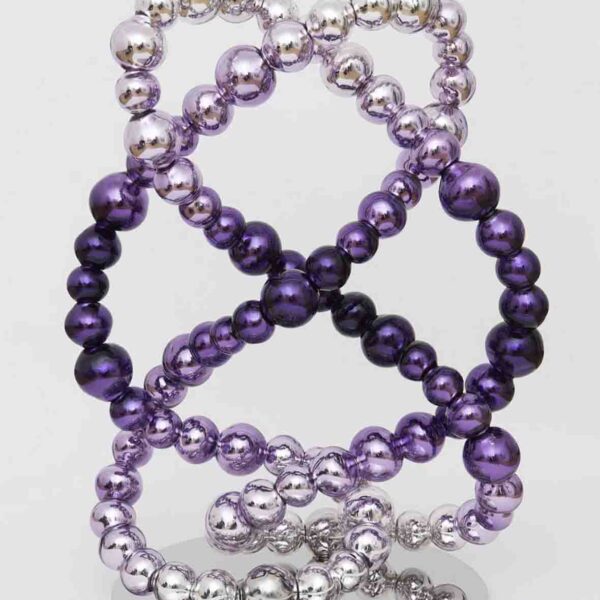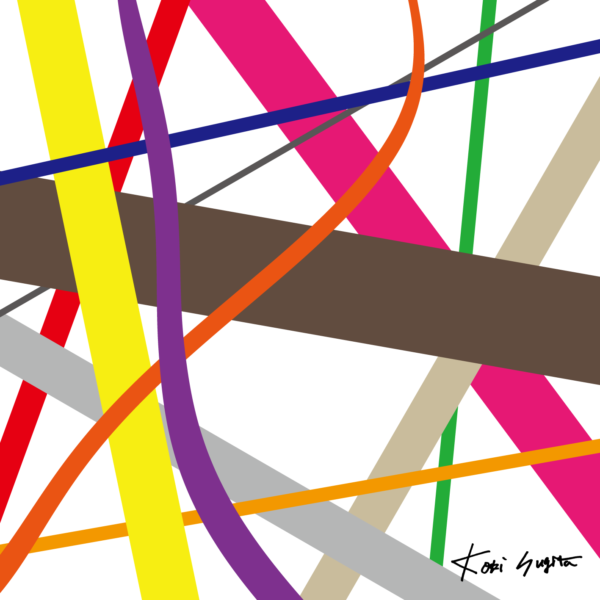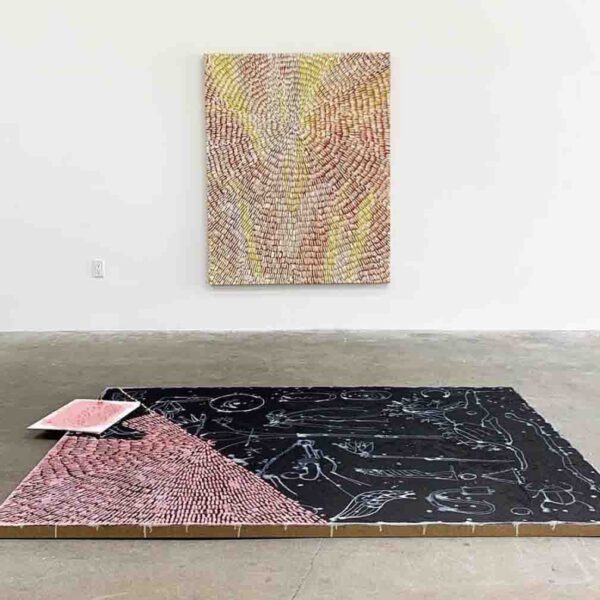著名なキュレーター、グレン・アダムソンにフォーカスして、彼が論じた「ファイバーアート」についての記事を紹介します。
繊維産業が衰退していく流れの中、
アーティストたちは新しいテクノロジー、機械に移っていきました。
そんな中で「手織り」にフォーカスして、新たな表現を続けてきた三名のアーティストとともに、その素晴らしさを提案したグレン・アダムソン。
Art in Americaのインスタグラムで投稿されてます。
日本語訳とともに、アート考察にご活用ください。
グレン・アダムソンについての投稿
インスタグラム原文
As the American textile industry declined, artists eschewed the machine loom for other possibilities. @glenn_adamson discusses how the rediscovery of exhibitions like @themuseumofmodernart's pivotal 1969 "Wall Hangings" has influenced fiber artists today: "Rather than seeing handwork as a goal in itself, it could be understood as a stage in the design process. Weaving was the paradigm case. One could easily design a chair or a teapot on paper, then get it manufactured. But in textiles, handwoven prototyping is vital: a means to experiment with texture, materials, and color, without investing in the time and expense of setting up a machine loom. The 1960s, and 'Wall Hangings,' brought a different point of view. Just as the American textile industry began its inexorable decline in the face of globalization, artists like Lenore Tawney, Sheila Hicks, and Claire Zeisler decided to eschew the machine for other possibilities. They adopted off-loom techniques such as knotting, wrapping, and plaiting, as well as ingenious 'hacks' of the loom itself. Their motivation was to find new vocabularies for the discipline, which ironically led them to techniques that were deliberately anachronistic. They borrowed ideas, for example, from ancient Peruvian textiles: the shock of the old.'" 🔗link in bio #fiberart #textiles #LenoreTawney #SheilaHicks #ClaireZeisler
Art in America(@artinamerica)がシェアした投稿 –
日本語訳
アメリカの繊維産業が衰退するにつれ、
アーティストたちは他の可能性を求めて機械織機を敬遠していきました。
グレン・アダムソンは、
MoMAが1969年に開催した
「Wall Hangings」の重要な展覧会に着目し、今日のファイバーアーティストにどのような影響を与えたかを論じています。
「手仕事をゴールとして見るのではなく、
デザインプロセスの段階として理解することができます。
織物は、その常識的なケースでした。
紙の上で『椅子』や『ティーポット』をデザインして、
それを製造することは簡単でした。
しかし、織物では、
機械織機を設置する時間と費用をかけずに、
質感、素材、色を実験するための手段として、
手織りのプロトタイピングが欠かせません。
1960年代、
『壁掛け』(ファイバーアート)は別の視点をもたらしました。
アメリカの繊維産業がグローバル化に伴い衰退し始めた頃、
レノア・トーニー、シェイラ・ヒックス、クレア・ツァイスラーなどのアーティストたちは、
機械を使わずに他の可能性を模索していました。
彼らは、結び方、巻き方、編み方などの織機を使わない技法や、織機自体の工夫を凝らした「ハック」を採用しました。
彼らの動機は、
この分野のための新しい語彙を見つけることでしたが、
皮肉なことに、彼らは意図的に時代錯誤的な技術に行き着くことになりました。
彼らは、例えば、
古代ペルーの織物からアイデアを借りたのです。





